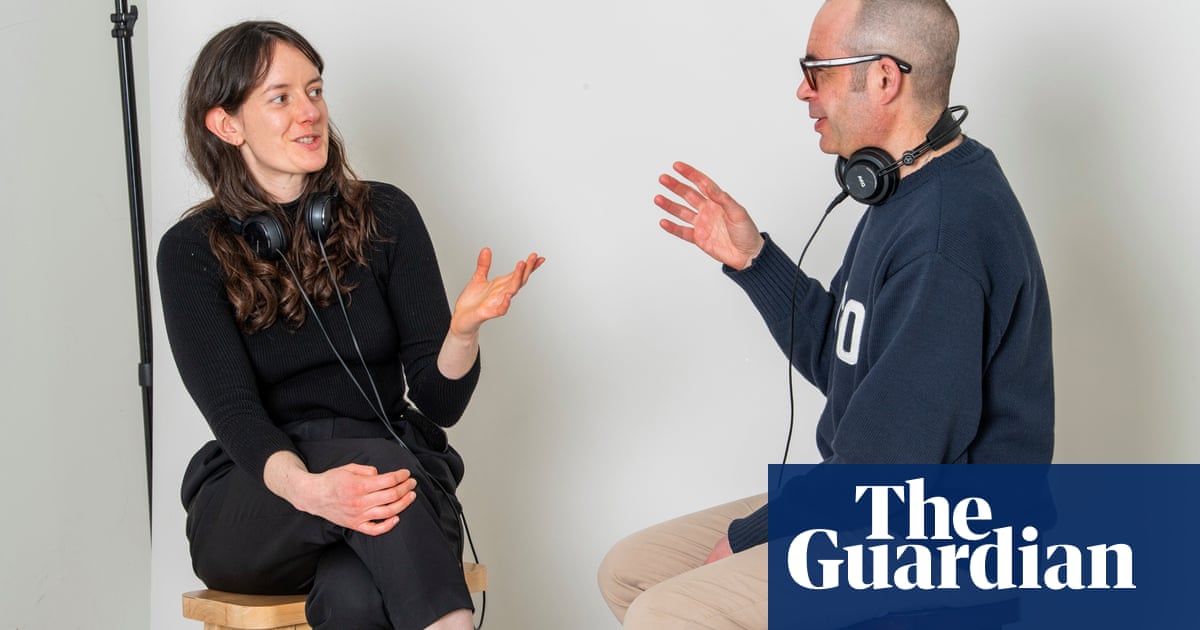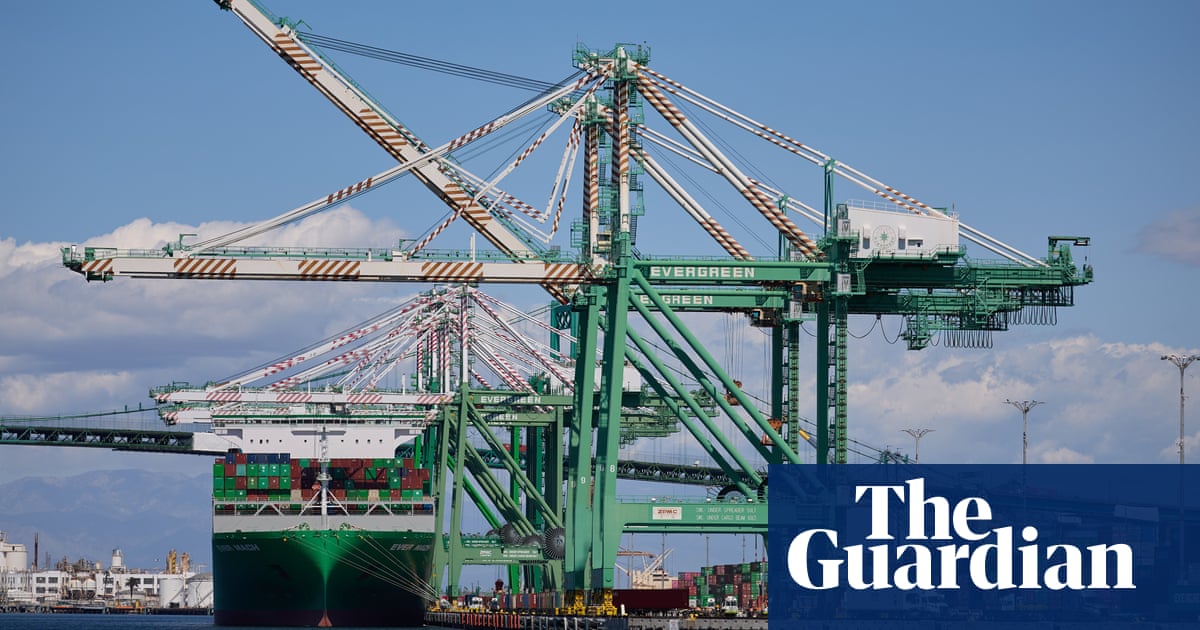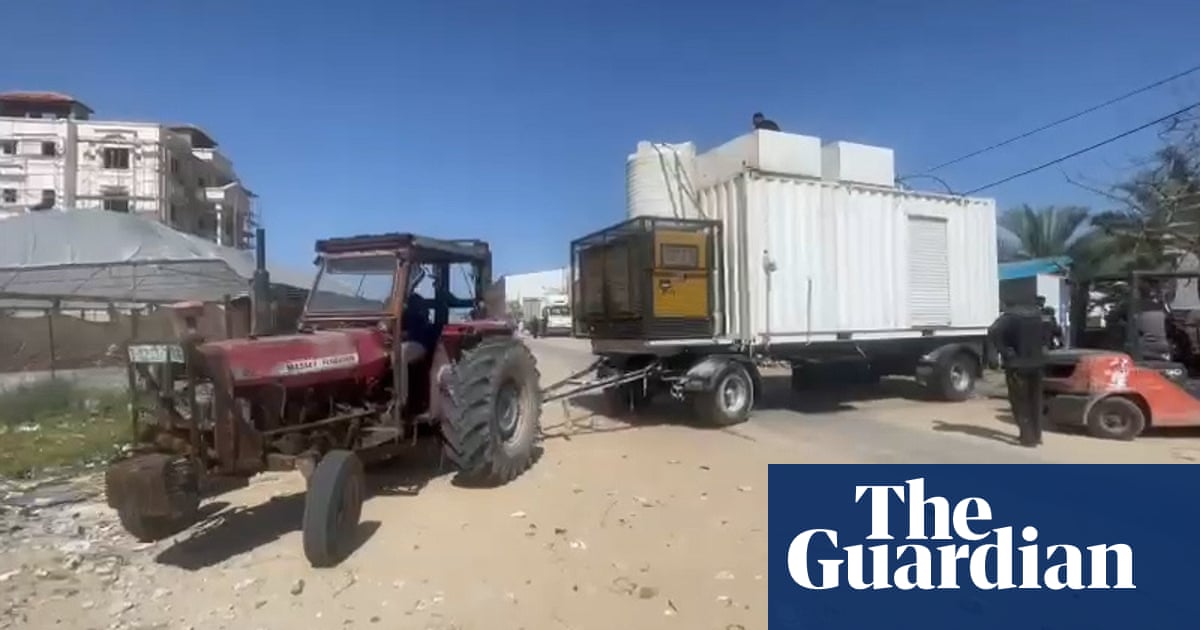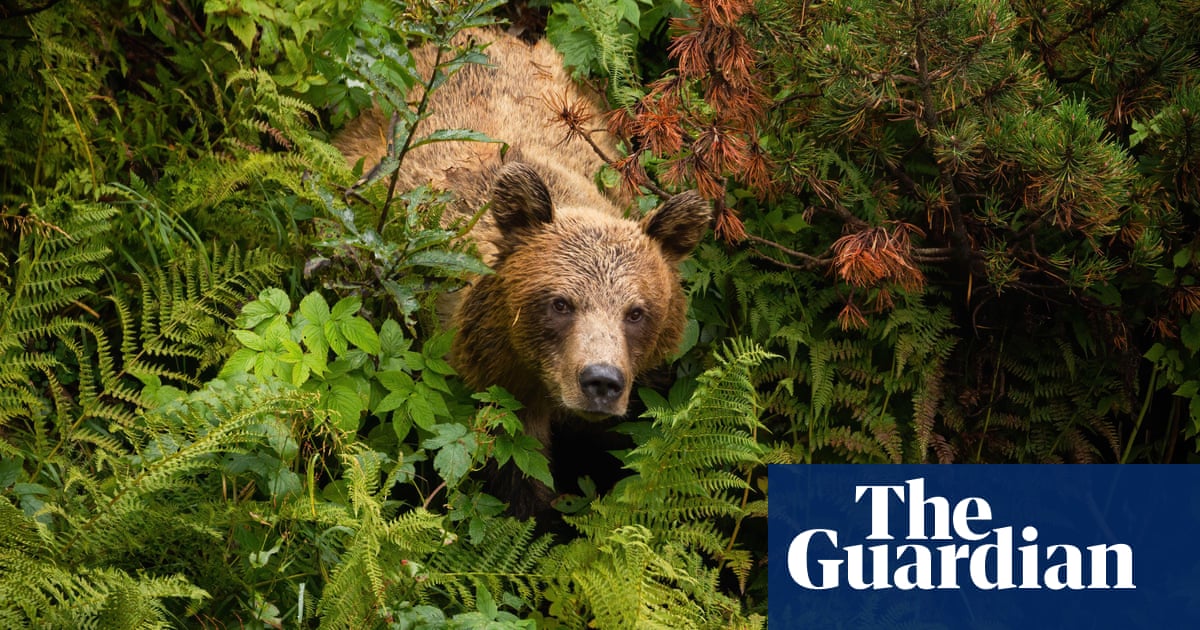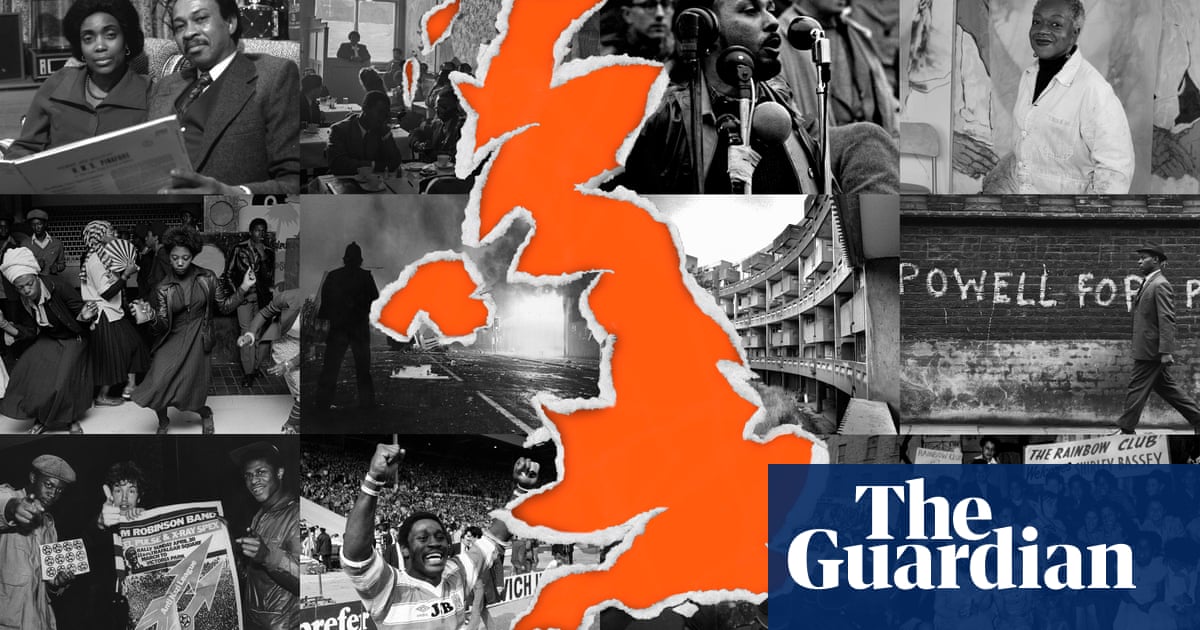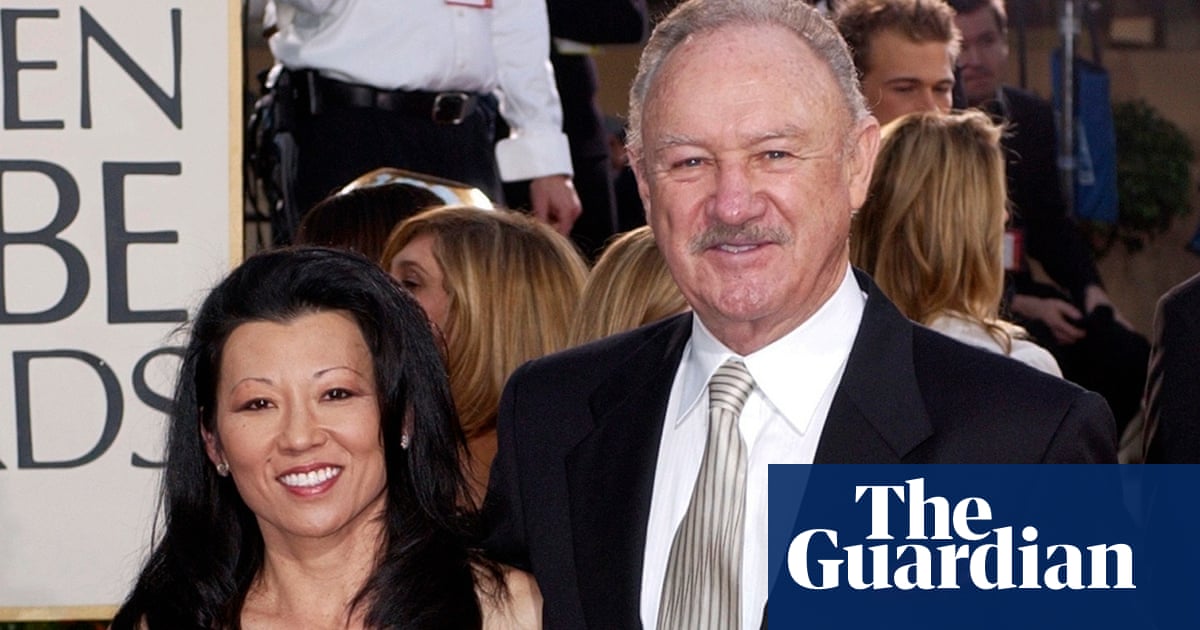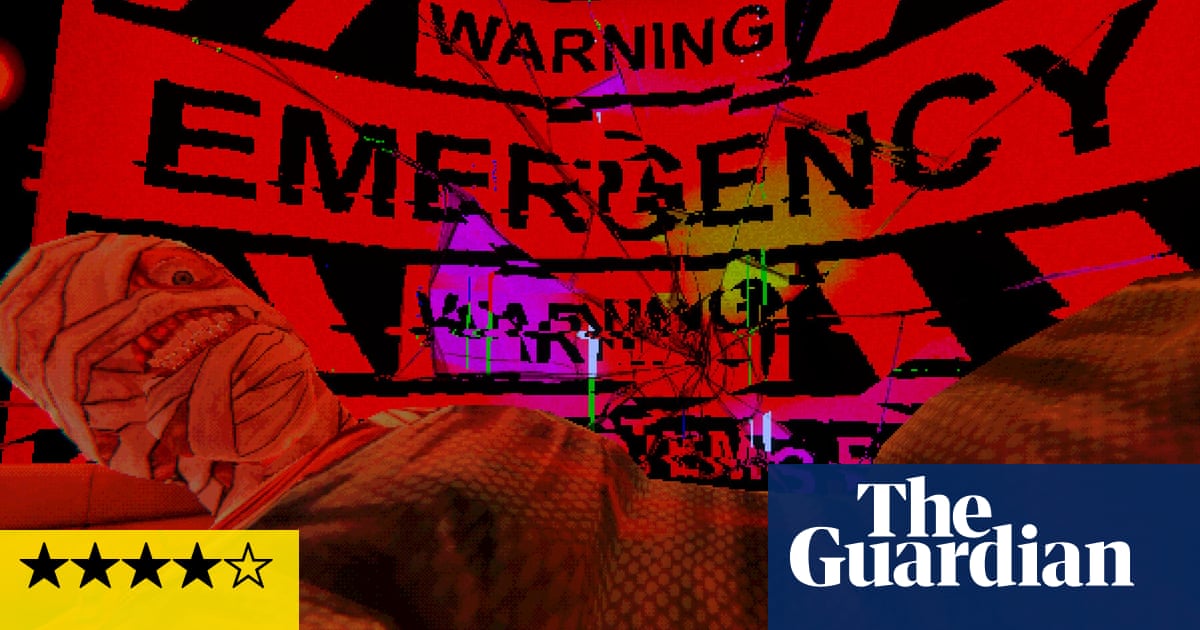One of the first things I noticed when I sat down to watch the eagerly awaited third series of The White Lotus was the birdsong. The distinctive call of two species peculiar to Thailand – the coucal and the Asian koel – conjure up precisely how it feels to be there, in the midst of a tropical soundscape. Then there are the exquisite opening credits, which plunge the viewer into a visceral experience of the Thai cultural environment: based on reimagined traditional Buddhist temple painting, the key protagonists are “Thai-ified” as they merge into the mural motifs.
The expertise of an array of famous Thai actors, pop stars, fashion models and celebrities – along with the somewhat heavy hand of the Tourism Authority of Thailand – have helped this series achieve a cultural authenticity like no other previous western drama set in Thailand. Things have certainly come a long way since British governess Anna Leonowens (played by Deborah Kerr) waltzed gaily around the royal palace of Yul Brynner’s shiny-headed King Mongkut in the 1956 hit musical, based on the Rodgers and Hammerstein stage production, The King and I (perhaps unsurprisingly banned in Thailand for its derogatory portrayal of a highly revered monarch). Gone too are the crass depictions of Bangkok from the 2011 comedy The Hangover Part II; or the classic Lord of the Flies-style narrative that is explored in Danny Boyle’s 2000 adventure The Beach. In both these cases, the ill-fated western tourist faces crude symbols of the dangers posed by the tropics – from predatory sharks to kleptomaniacal monkeys and gun-toting cannabis farmers.
In this persistent cinematic stereotype of south-east Asia, the intensity of the alien environment seizes hold of and contaminates the vulnerable and disoriented Christian western self – to comic, threatening or enlightening effect. The tenacity of this characterisation owes much to Francis Ford Coppola’s Apocalypse Now (1979), of which he famously claimed: “My film is not about Vietnam. My film is Vietnam.” What Coppola really meant was that Apocalypse Now encapsulated the American experience of the Vietnam war – it features few Vietnamese characters, even less dialogue in Vietnamese language, and was filmed almost entirely in the Philippines.
Despite the best efforts of The White Lotus to counter the cultural ignorance of these popular movies, the series fails to fully escape the grip of the exoticising stereotype. The representation of Thailand is restricted by two key limitations. The first lies in the west’s inability to move beyond our own, Christian-influenced cultural position to wholeheartedly engage with another culture, while still finding it accessible and entertaining. The character of Victoria Ratliff provides the most overblown example of this, protesting in her fantastic Southern drawl at her daughter Piper’s plans to remain in Thailand. When Piper explains her desire to “meditate and immerse myself so that I can really understand Buddhism and develop my spirituality,” Victoria’s response encapsulates the cultural and religious dissonance: “You’re not a Boooodist – honey you’re not from China. You can be interested in this stuff, but you can never really be it. We’re from an entirely different world.”
The second is the way in which Thailand has learned to tailor its forms of self-representation to western tastes. Early in the series, Thai pop group Carabao’s classic song Made in Thailand plays, but lost on the non-native speaker is the poignancy of the lyrics: “Our proud and ancient land, with all that is good, and where Thais love Thais.” This was written way back in 1984 to remind Thai listeners of their glorious cultural heritage, and of never having been colonised by the west, despite the Thai tendency to “sell out” to western markets. Apposite indeed for The White Lotus narrative that ensues.
Siam, as it then was, resisted the worst vagaries of foreign aggrandisement by appealing to the aggressor as being “civilised” in the eyes of the west. The King and I reveals this endeavour through Mongkut’s anxiety to have his children learn English, and by Anna teaching the monarch to use a knife and fork. This sense of attending to the desires of western visitors is central to the White Lotus and its depiction of Thailand’s luxury tourism industry. The Thai characters we meet at the White Lotus are embedded in this industry, and are largely seen in uniform and at work (although the depiction of the courtship between Gaitok and Mook is one of the most refreshingly authentic subplots). They reflect back to the foreign visitor what is both palatable and marketable.
One element of Thai culture that has remained persistently resistant to western pressure, however, is that of the national religion of Buddhism. The White Lotus makes an admirable stab at exploring how some of the key tenets of Theravada Buddhism might offer spiritual awakening to some of its most psychologically troubled characters – Tim Ratliff, Rick Hatchett and his long-term friend, Frank – as well as its more spiritually inquisitive ones – Piper Ratliff and her younger brother Lochlan. Rick’s journey is a particularly emotional one, as we see him face down his inner demons in the encounter with his nemesis, Jim Hollinger. But as Frank falls off the wagon in wild post-showdown celebrations befitting One Night in Bangkok (the script references the 1984 song’s lyrics), we see Rick in turn rising above the enticement of debauchery, like the Buddha at the point of enlightenment defeating the temptations sent by Mara (Evil).
Sadly, Rick’s release from the karmic cycle of suffering is short-lived. As the words of the venerated Buddhist abbot Luang Por Thera remind us at the opening of the final episode – there is no resolution. Even the Buddhist possibility of nonviolence evades the gentlest of characters, as Gaitok obeys instructions, shoots to kill, and wins the respect of his girl.
Despite its exploration of Asian spiritualism, and following in the footsteps of Apocalypse Now, the closing episode of The White Lotus falls back into the stereotype of offering an essentially Christian resolution to the surviving characters of the third series. Piper loses her desire for Buddhist austerity, Lochlan awakes like a resurrected Christ from a near-death experience having seen the face of God, and the united family leaves the shores of Thailand, set for an all-American homecoming to the sound of Lo, How a Rose E’er Blooming, those coucals and koels replaced by a Christian carol.
The complexity of our longstanding stereotypes of Thailand is that the country stands in the western imagination as both a site of magical eastern spirituality and also a locale for sin, sex and drugs. This stranglehold on the western ability to openly embrace and engage with the rich complexities of Thai culture, coupled with Thailand’s complicity in representing itself in compliance with western tastes, lies at the crux of The White Lotus’s inevitable limitations.
-
Rachel Harrison is professor of Thai cultural studies at Soas University of London

.png) 1 week ago
16
1 week ago
16



